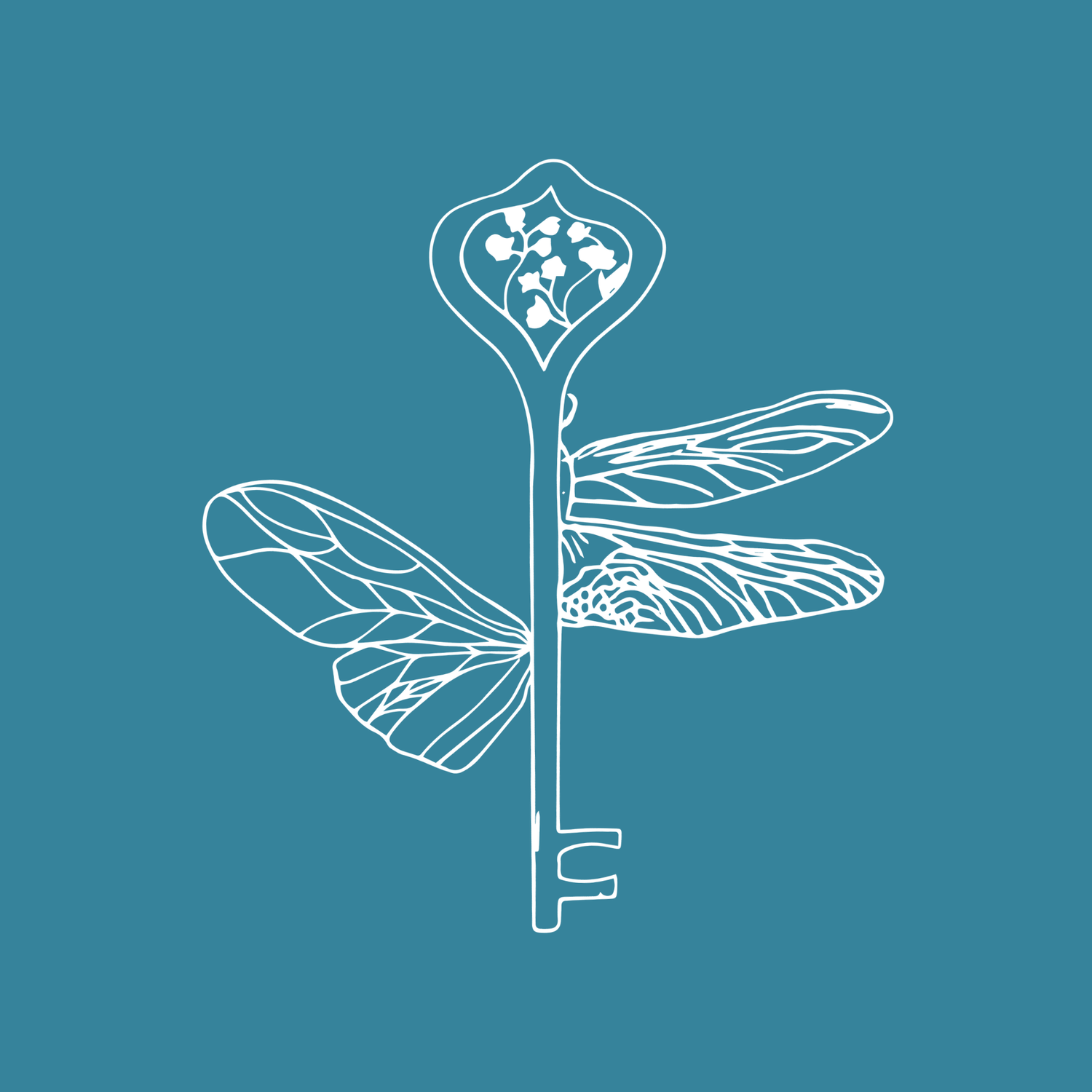Magic or Mystery?
The ancient Gaelic festival of Samhain, which occurred on November 1 but kicked off the evening before, is considered the earliest known root of our secular Halloween traditions. It marked a pivotal time of year when seasons changed, but more importantly, observers also believed the boundary between this world and the next became especially thin, enabling them to connect with the dead. It is said that ‘the veil is thin!’ This is also where the history of Halloween gains its "haunted" connotations.
Halloween is sometimes spelled Hallowe'en, reflecting the fact that its name comes from a shortening of Allhallows Even. Allhallows is another name for the Christian holiday known as All Saints' Day. In Allhallows Even, even means the same thing as eve—the evening or day before a holiday (as in Christmas Eve).
As the etymology of the name suggests, Halloween has Christian roots too. Celebrations of Christian martyrs and saints date back to 4th-century Rome.
In the early 7th century, Pope Boniface IV put All Saints' Day on the calendar when he dedicated the Pantheon in Rome to the saints, but the day was May 13.
In the next century, Pope Gregory III changed the day to November 1 when he dedicated a chapel in St. Peter’s Basilica to the saints.
Yet another century later, Pope Gregory IV added All Saints' Day to the universal Christian calendar, officially extending the celebration from Rome to churches everywhere.
With the Christian celebration of All Saints' Day on November 1 came All Hallows' Eve, or Halloween, on October 31, as well as All Souls' Day on November 2—a three-day holiday collectively called Hallowtide.
During the Middle Ages, as the Christian Roman holiday of All Saints' Day spread to other Christianised areas, Hallowtide traditions merged with local cultures. In Celtic regions that formerly celebrated Sahmain, the local Christian Halloween traditions that arose included jack-o-lanterns, bonfires, and costumes.
When the celebration was over, they re-lit their hearth fires, which they had extinguished earlier that evening, from the sacred bonfire to help protect them during the coming winter.
Now we associate witches and other forms such as skeletons and ghosts with Hallowe’en, the skeletons and ghosts because of communicating with the dead when the veil is thin, we can only assume that witches play apart as they are suppose to have been evil.
Where does the witch imagery come from?
The evil green-skinned witch flying on her magic broomstick may be a Halloween icon—and a well-worn stereotype. But the actual history behind how witches came to be associated with such an everyday household object is anything but dull.
It’s not clear exactly when the broom itself was first invented, but the act of sweeping goes back to ancient times when people likely used bunches of thin sticks, reeds and other natural fibres to sweep aside dust or ash from a fire or hearth.
The word broom comes from the actual plant, or shrub, that was used to make many early sweeping devices. It gradually replaced the Old English word besom, though both terms appear to have been used until at least the 18th century. From the beginning, brooms and besoms were associated primarily with women, and this ubiquitous household object became a powerful symbol of female domesticity.
Despite this, the first witch to confess to riding a broom or besom was a man: Guillaume Edelin. Edelin was a priest from Saint-Germain-en-Laye, near Paris. He was arrested in 1453 and tried for witchcraft after publicly criticising the church’s warnings about witches. His confession came under torture, and he eventually repented but was still imprisoned for life.
By the time of Edelin’s “confession,” the idea of witches riding around on broomsticks was already well established. The earliest known image of witches on brooms dates to 1451, when two illustrations appeared in the French poet Martin Le Franc’s manuscript Le Champion des Dames (The Defender of Ladies). In the two drawings, one woman soars through the air on a broom; the other flies aboard a plain white stick. Both wear headscarves that identify them as Waldensians, members of a Christian sect founded in the 12th century who were branded as heretics by the Catholic Church, partly because they allowed women to become priests.
It has been suggested that the association between witches and brooms may have roots in a pagan fertility ritual, in which rural farmers would leap and dance astride poles, pitchforks or brooms in the light of the full moon to encourage the growth of their crops. This “broomstick dance,” she writes, became confused with common accounts of witches flying through the night on their way to illicit meetings.



